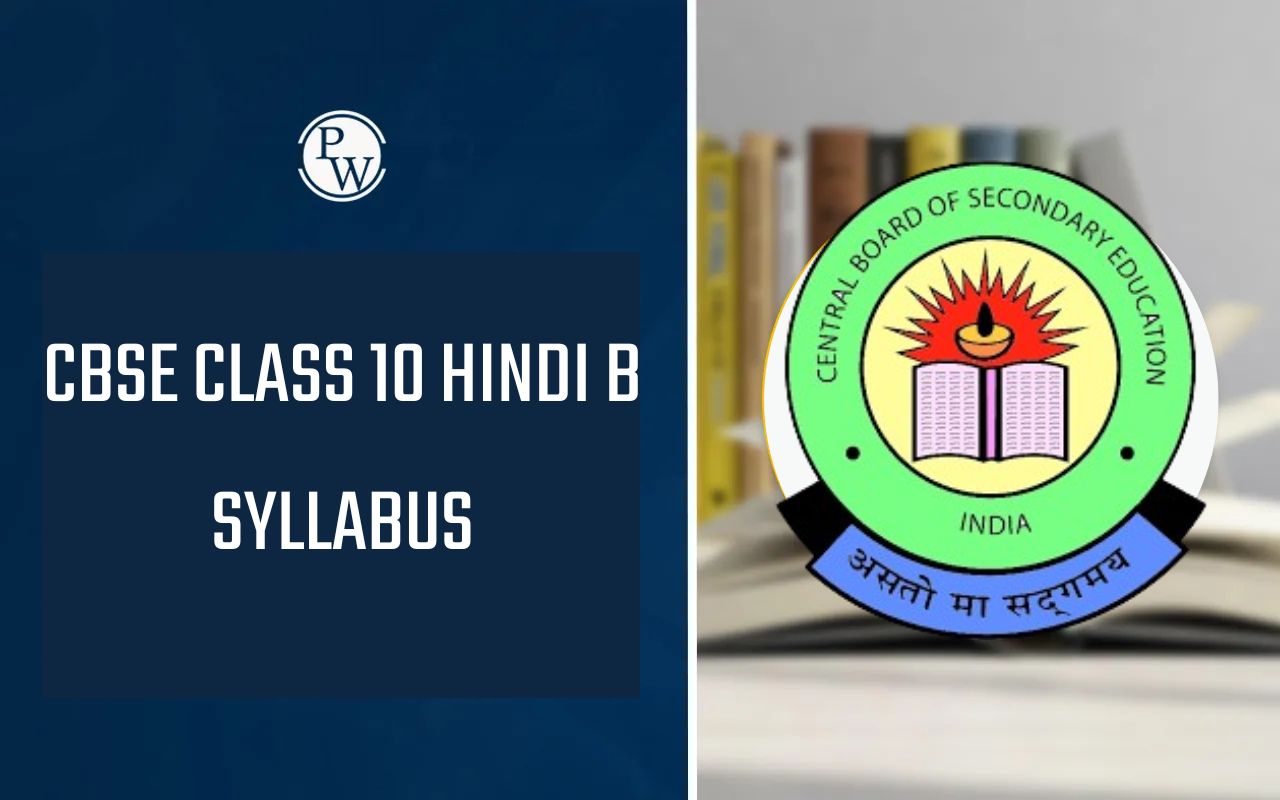
The s-block elements of the periodic table consist of Groups 1 and 2. Group 1 elements, known as alkali metals, include lithium, sodium, and potassium. Group 2, the alkaline earth metals, contains beryllium, magnesium, and calcium, among others. These elements possess the outermost electrons in an s-subshell.
Group 1 (Alkali Metals)
Hydrogen (H): 1s¹ Lithium (Li): 1s² 2s¹ Sodium (Na): 1s² 2s² 2p⁶ 3s¹ Potassium (K): 1s² 2s² 2p⁶ 3s² 3p⁶ 4s¹ Rubidium (Rb): [Kr] 5s¹ (Kr is the preceding noble gas) Cesium (Cs): [Xe] 6s¹ (Xe is the preceding noble gas) Francium (Fr): [Rn] 7s¹ (Rn is the preceding noble gas)Common Electronic Configuration for Group 1 : ns¹
Group 2 (Alkaline Earth Metals)
Beryllium (Be): 1s² 2s² Magnesium (Mg): 1s² 2s² 2p⁶ 3s² Calcium (Ca): 1s² 2s² 2p⁶ 3s² 3p⁶ 4s² Strontium (Sr): [Kr] 5s² (Krypton being the preceding noble gas) Barium (Ba): [Xe] 6s² (Xenon is the preceding noble gas) Radium (Ra): [Rn] 7s² (Radon is the preceding noble gas)Common Electronic Configuration for Group 2: ns²
Atomic Radius
Definition: The atomic radius is a measurement of size for an atom that typically represents the mean or typical distance from the nucleus to the boundary of the surrounding electron cloud. Group 1: order - H < Li < Na < K < Rb < Cs < Fr Group 2: Be < Mg < Ca < Sr < Ba < RaIonic Radius
Also Read – Aluminium Nitrate Formula
Definition: The ionic radius of an atom in a crystal lattice is measured. Cations (positively charged ions) are smaller than the parent atom, whereas anions (negatively charged ions) are larger. Group 1: order -: H<Li<Na<K<Rb<Cs<Fr Group 2: Be < Mg < Ca < Sr < Ba < RaHydration Energy
Definition: When ions dissolve in water, they get surrounded by water molecules. The energy released when one mole of gaseous ions undergoes hydration is called hydration energy. Generally, smaller ions have higher charge densities and thus, higher hydration energies. Group 1: Fr<Cs< Rb<K<Na<Li (H is not considered here because it doesn't fit the typical alkali metal trend in this context.) Group 2 : Ra < Ba < Sr < Ca < Mg < BeAlso Check – Bond Order Formula
Chemical Properties
Group 1 (Alkali Metals):
Reaction with Water: Alkali metals react with water to produce hydrogen gas and metal hydroxides. The reactivity increases down the group.
Li + H 2 O → LiOH + H 2
Na + H 2 O → NaOH + H 2
and so on for K, Rb, Cs.Reaction with Oxygen: Alkali metals react with oxygen to form metal oxides. However, potassium, rubidium, and cesium can form superoxides.
2Li + O 2 → 2Li 2 O
K + O 2 → KO 2 (superoxide)
Reaction with Halogens: Alkali metals react with halogens to produce metal halides.
2Li + Cl 2 → 2LiCl
2Na + Cl 2 → 2NaCl
and similar reactions for other alkali metals.Download PDF S-Block Elements Formula
Group 2 (Alkaline Earth Metals):
Reaction with Water: Alkaline earth metals react with water to produce metal hydroxides and hydrogen, but the reactivity is less pronounced than alkali metals.
Mg + 2H 2 O → Mg(OH) 2 + H 2
(Note: Beryllium is unreactive with cold water, and calcium has a moderate reaction.)Reaction with Oxygen: Alkaline earth metals react with oxygen to produce metal oxides.
2Mg + O 2 → 2MgO
2Ca + O 2 → 2CaO
and so on.Reaction with Halogens: Alkaline earth metals react with halogens to produce metal halides.
Mg + Cl 2 → MgCl 2
Ca + Cl 2 → CaCl 2
and similar reactions for other alkaline earth metals.Also Check – Molar Volume Formula
Group 1 (Alkali Metals) with Ammonia
When alkali metals are dissolved in liquid ammonia, they give deep blue solutions. This is due to the solvated electrons which absorb energy in the visible region and emit light of blue color. As the concentration increases, the solution changes to bronze in color and becomes a good conductor of electricity. The general reaction is:M+ (x + y) NH 3 →(M[NH 3 ] x ) + + (e[NH 3 ]y) -
Where M is an alkali metal. For example, with sodium:Na + NH 3 → (Na[NH 3 ] x ) + + (e[NH 3 ]y) -
Group 2 (Alkaline Earth Metals) with Ammonia
Alkaline earth metals, when dissolved in liquid ammonia, also provide solutions containing solvated electrons. However, the solvated electrons are fewer in number as compared to alkali metals due to the higher ionization energy of the alkaline earth metals. The solutions are also less stable and can decompose readily. For example, with magnesium: Mg + 2NH 3 →(Mg[NH3]x ) 2+ + (e[NH 3 ]y) -2S-Block Elements Formula FAQs
Q1. Are alkali metals reactive?
Q2. Which is the lightest metal?
Q3. Which alkali metal is liquid near room temperature?
Q4. Why is beryllium different from other alkaline earth metals?
Q5. Which alkaline earth metal is used in fireworks for a red flame?










